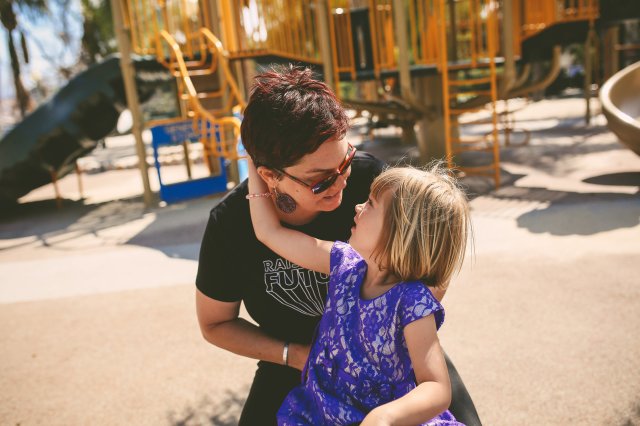Photo: Chris Wojdak Photography
The researcher Brené Brown has found that the average adult can only identify three feelings. To have real emotional intelligence, however, we should be able to identify thirty feelings. Why is there such a huge gap between what we know and what we should know and how do we begin to bridge that gap? How do we become more comfortable talking about our feelings? I would not be surprised if reading the word “feelings” four times already makes you want to stop reading this column, but please stick with me. I promise it won’t hurt.
Emotional intelligence is extremely important in determining your success in life because it is closely linked to how well you will play with others. There are many studies now that indicate that high emotional intelligence is more important than IQ and is a better predictor of professional success, satisfying personal relationships, and overall contentment. How can we help our children to develop their emotional intelligence so that they grow up to be one of the adults who can identify more than three feelings?
1. Start by acknowledging your child’s perspective and empathizing with them.
We all want to be heard and this goes for your child as well. You do not need to have a solution for their problems or even do anything for them. All you should do is be there, see things from their point of view, and provide empathy.
2. Allow the expression of feelings.
All feelings are welcome. Of course, we limit behavior but we allow and welcome feelings. This is new and often uncomfortable for many parents who grew up in homes that followed the adage, “Children are seen and not heard.” Research tells us that denying feelings gives children the message that those feelings are shameful or unacceptable. Rather than denying or ignoring our children’s feelings, we can teach them that we all have a wide range of emotions.
3. Listen to your children’s feelings.
Do you remember the last time someone sat down with you and just listened to you talk about your feelings for as long as you needed to vent, share, and get it all out? That person gave you a gift. Give your child that same gift the next time they are overwhelmed with feelings. Listen to them talk about the things that seem like little things to you now; as they get older, they will share the big things.
4. Teach problem solving.
Emotions are important to acknowledge, experience, and talk through but we do not have to live in them. We can teach our children to work through their feelings by breathing through them and experiencing them. Sometimes feelings can be so intense that we may worry they will never go away. We can sit with our children and reassure them that feelings ebb and flow, and once the intensity of those feelings fades, we can assist them in solving any problems that remain. Often, even at a young age, children can begin to problem solve on their own. We always want to offer them the opportunity to initiate that process as a confidence builder.
5. Play!
We often forget that children, like little ones of all species, learn through playing. Play is also a great way to work through or process emotions. Social interactions and peer conflicts can create big feelings which children do not yet have the skills to handle. Many adults still struggle to cope with their emotions in a productive way so we must remember to maintain realistic expectations of our children. We can role-play using stuffed animals or act out challenging situations, giving our children the words to use and an opportunity to practice how to handle these relationships.
Imagine a world in which we were all raised this way: with respect for our feelings, encouragement to talk about them, support in solving problems, and a playful response to what’s left over. What a gift we can give our children, ourselves and our families. When we help our children develop these invaluable skills, we are giving them tools for life.











